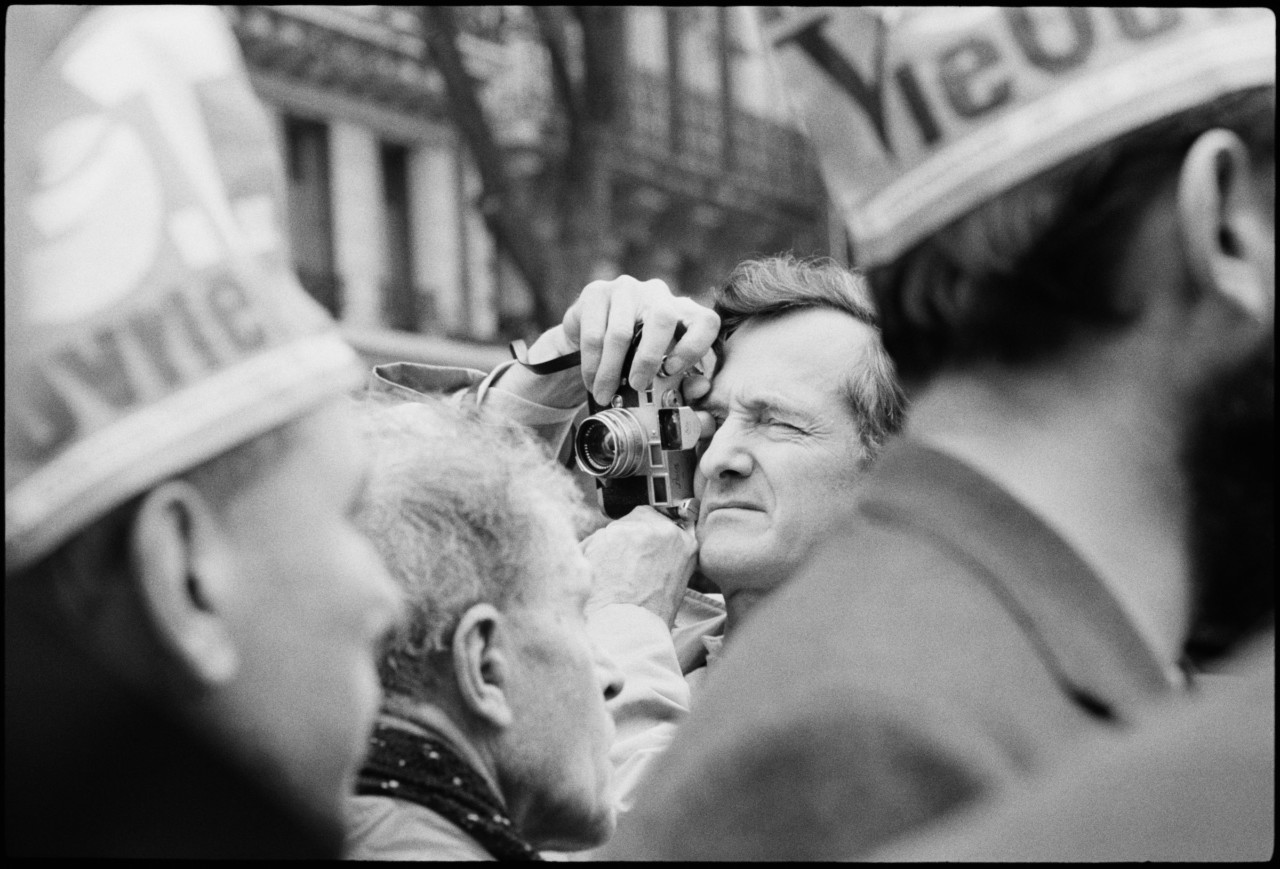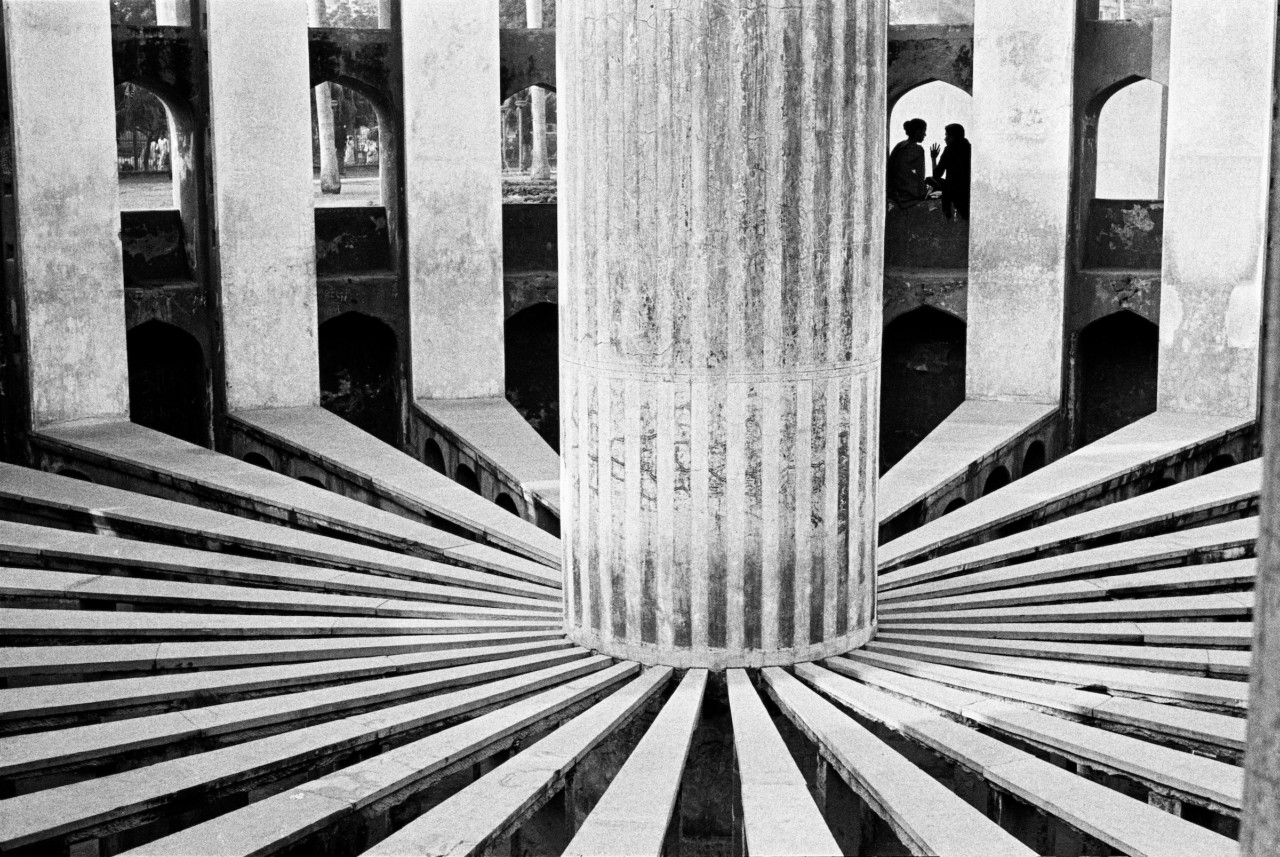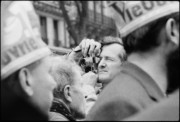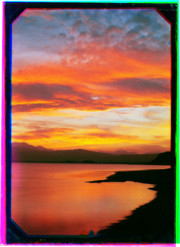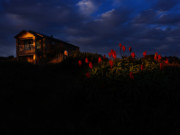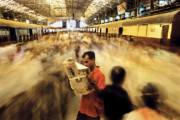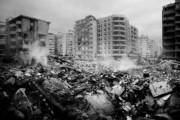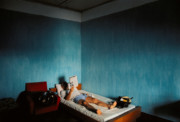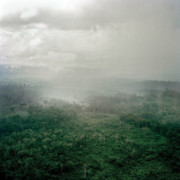Marc Riboud’s Centennial
We celebrate the life and work of the French photographer, born 100 years ago.
This Saturday, June 24, marks one hundred years since the birth of Marc Riboud.
Born in Saint-Genis-Laval near Lyon in 1923, Riboud was an active member of the French resistance during the war, and then a factory engineer in the post-war years.
He always had a keen interest in photography and a tendency to shoot amateur photographs wherever he went, but it was a chance encounter that sparked his career as a photographer. During a visit to his brother Jean in a sanatorium, he met a young student, poet and communist named Nicole Cartier-Bresson. Shortly after, he met her brother, Henri.
Having expressed his interest in photography, the great French photographer ‘ordered’ him to go to museums, to look at the compositions of paintings, and to take photos with the lens upside-down. Riboud headed north to the French capital a few years later, in 1953, and was there introduced by Cartier-Bresson to the rest of the Magnum family.
That same year, the young freelance photographer climbed the Eiffel Tower’s old spiral staircase with a Leica slung across his shoulder to photograph Zazou, the landmark’s painter, at work. It became the very first of his images to be published — sold to Life magazine by Robert Capa — and sealed his formal invitation to join Magnum as a nominee, and then a full member in 1955.
From that point onwards, Riboud began to embark on the long voyages that would come to define his practice. He started in Yugoslavia, then England, and then drove all the way to India in George Rodger’s old Land Rover, stopping in several countries as he headed East. In 1957, he was one of the first European photographers to travel to China, and would go on to prove a long-term commitment to photographing its changing landscapes over half a century.
“Riboud shows the inconsistencies and points of tension in the Chinese Revolution, not to deride it but to restore to it the humanity stripped from it for so long by the monotony of political propaganda,” writes Orville Schell in the introduction to Riboud’s Visions of China, published in 1980.
“To understand how the Chinese think and feel is so difficult that I leave the subtle art of analysis and commentary to others,” Riboud writes. “The best way to discover China is perhaps to use one’s eyes. Intense attention to detail and to the moment, here even more than elsewhere, can lead to knowledge and understanding.”
And for the rest of his life, Riboud would continue wandering, observing, capturing. A master of composition, through his lens he would find order in disorder, journeying through Turkey, Afghanistan, the United States, Cuba, Vietnam, Russia, Alaska, and many more. “In my view,” Martin Parr wrote for the book Magnum Magnum, “Riboud is one of the few photographers whose work brings together the worlds of photojournalism and art.”
In the same passage, where Parr is asked to curate a small selection of images from Riboud’s archive, he selects not the image of a woman holding a flower in the face of a gun at a demonstration against the war in Vietnam held in Washington D.C. in 1967, but an image that Riboud himself shot of the image being used as a poster for an anti-war protest almost 40 years later in London. “It is a convincing demonstration of how RIboud’s imagery has entered the mainstream,” Parr writes.
“I photograph like a musician hums. Contemplating a landscape is like listening to music or reading poetry, it helps to live.”
This quote from Riboud opens the photobook For the Long Haul, a major retrospective of his work, published this year in celebration of his centennial, available to pre-order from the Magnum Shop.
The 125 images in the book take us on a journey through Riboud’s extensive travels over the decades, and include previously unpublished early photographs from even before he moved to Paris in 1953, as well as contact sheets that reveal not only how he approached his subjects, but are also a testament to the highly empathetic way that he viewed the world.
Accompanying the book is an exhibition that takes place at the Musée des Confluences in his birthplace, Lyon, until December 31. Curated in collaboration with Les Amis de Marc Riboud, one hundred images are displayed to celebrate the hundred years since his birth, inviting us to see the world through his eyes.


